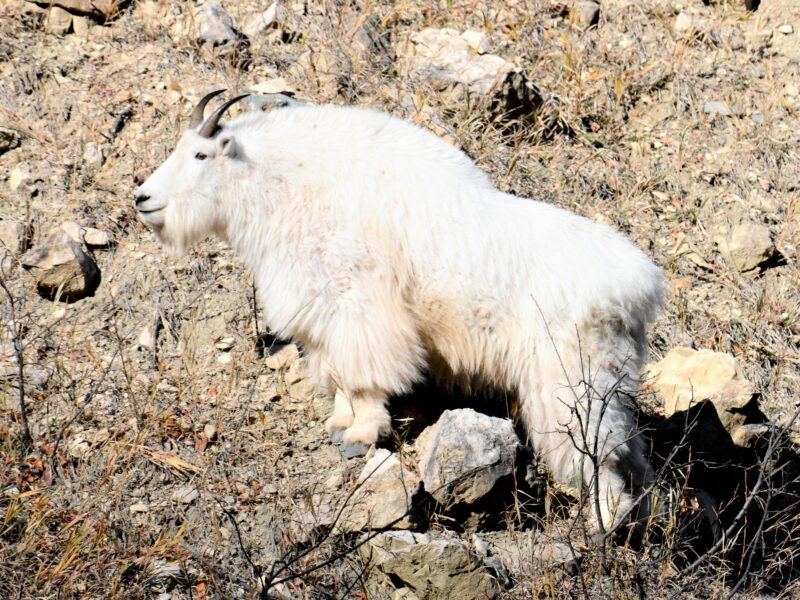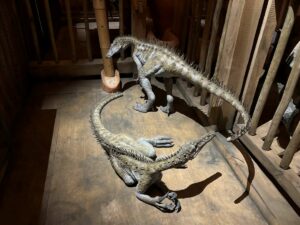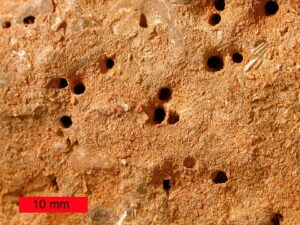The Bible tells us that God created organisms according to their kinds. What is a created kind, and how can we know whether organisms belong to the same one? The book of Genesis provides us with valuable insights by which we can better understand the diverse types of creatures which God made.
Min
The Hebrew word which we translate as “kind” is min. This word seems to convey the concept of a group of similar organisms. Frank Marsh, biologist and co-founder of the Creation Research Society coined the word, “baramin” by joining min with another word in the text, bara (meaning He-created). A baramin, often called a created kind, refers to a group of organisms which all share a common ancestral population created by God in the beginning.
Kinds Were Created as Reproductive Groups
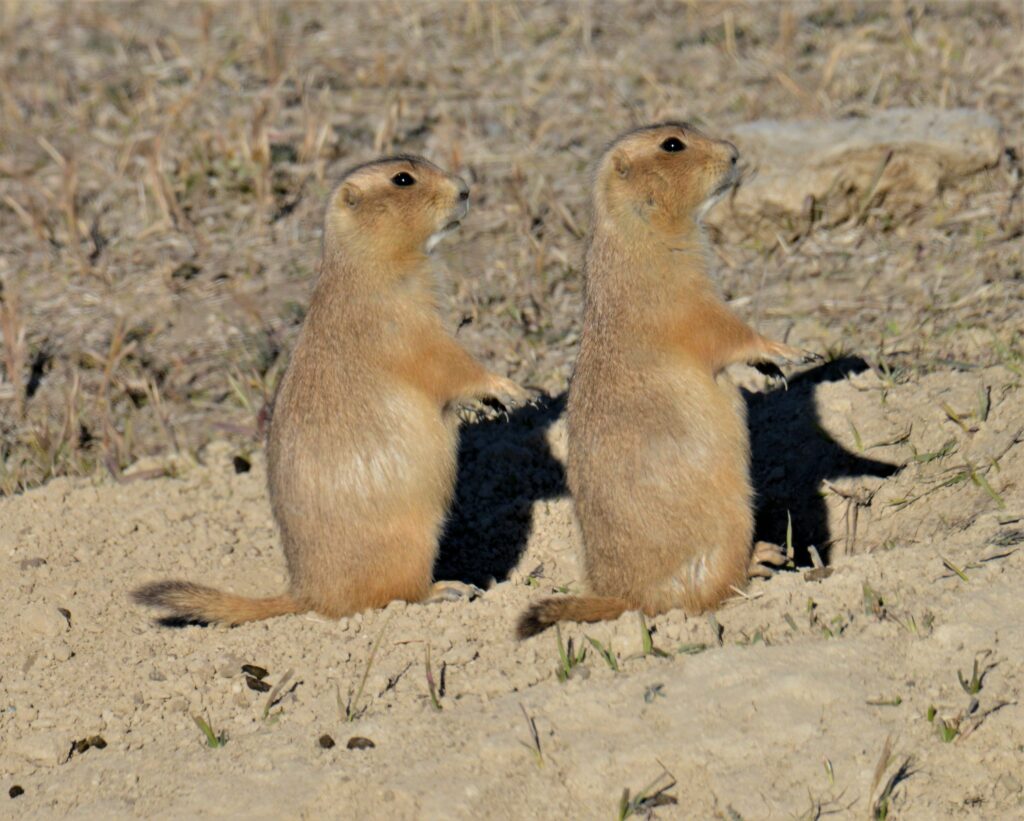
One of the distinctions which separates members of different created kinds is reproductive incompatibility. Genesis 6:19 records God’s instructions to Noah about the animals which he was to take aboard the Ark. It reads, “And you are to bring two of every living creature into the ark—male and female—to keep them alive with you.” This passage clearly connects the kinds to their reproductive capabilities. If creatures of separate kinds were able to reproduce with one another there would have been no need to take both a male and a female of each kind.
A link between the created kinds and reproduction is also found in Genesis 2:18-22. After creating Adam, God brought animals to him so that he might name them. As the first man named the animals he undoubtedly realized his lonely state. The birds and beasts already had mates, but “for Adam no suitable helper was found.” Unlike the other creatures, Adam had no partner. Adam’s unique biology and status required a mate of his own kind. As a result, God made woman from Adam’s own rib, maximizing the biological similarities between the two.
These passages indicate that the created kinds are reproductively isolated. Members of one kind cannot reproduce with members of another kind. Frank Marsh used this concept to develop the criterion of hybridization. If two organisms can breed and produce offspring they must belong to the same created kind. Although helpful, this characteristic alone is not sufficient to determine the boundaries of the created kinds. Over time populations of organisms can become quite different from one another, even to the point at which members of the same kind can no longer successfully produce offspring together. Hybridization is useful as an additive criterion; we can use it to tell which creatures belong in the same kind, but cannot use it to say which creatures come from separate kinds.
According Their Kinds?
The language of Genesis 1:11 has also been used to argue that organisms reproduce according to their kinds. It reads, “And God said, ‘Let the earth sprout vegetation, plants yielding seed, and fruit trees bearing fruit in which is their seed, each according to its kind, on the earth.’ And it was so.”
At a first glance it appears as though the text is saying that each kind of plant was bearing seed which would produce a plant of the same kind as the parent. Although this is undoubtedly correct, it does not seem to be the point of the text. Instead, the passage seems to be referring to the creation of the plants and not the identity of their seeds. Plants and fruit trees were each created according to their kinds. Nowhere else in Genesis 1 does the phrase “according to its kind” refer to the reproductive capabilities of the organisms being described.
Kinds Were Created Morphologically Distinct
We can distinguish between the created kinds by studying their anatomy. This idea stems from Genesis 2:19: “And out of the ground the LORD God formed every beast of the field, and every fowl of the air; and brought them unto Adam to see what he would call them: and whatsoever Adam called every living creature, that was the name thereof.”
Adam’s ability to name all of the beasts and fowl in a single day indicates that he was creating categorical names for groups of animals, rather than naming them individually. His naming of the creatures as they came to him indicates a certain intuition. Whether Adam was naming each of the created kinds, subgroups within them, or super groups, what is evident is that he recognized distinct types of creatures. If this inference is correct, it indicates that creatures were created in groups which were different enough from each other to be distinguished by sight.
Further evidence to support the idea that Adam was creating categorical names on this day comes from the way in which he named his mate. Adam did not immediately give her a personal name following her creation. Instead, he called her Woman. Only after the Fall would Adam give the first woman her personal name, Eve, to describe her particular status as “the mother of all living.”
God Created Kinds According to Their Environment
God created different types of organisms on separate days of creation. He made vegetation on the third day, flying and swimming creatures on the fifth, and land dwelling organisms on the sixth. This partitioning indicates that separate kinds will share features which allow them to live in the same type of environment. Organisms from different kinds can be analogous to one another because they were made to live in similar circumstances and eat similar types of food.
Some of the first creatures which God made were plants. He instructed the earth to bring forth vegetation on the third day. This flora would form the basis of the ecosystems which God would fill with other types of organisms later. Plants would not only serve as food for these creatures, they would also provide shelter, oxygen, and prevent soil erosion. Although we don’t typically think about it, God probably made aquatic plants, algae, and fungi on the same day.
God began to fill these ecosystems with animals on the fifth day. He made creatures that would swim in the oceans, lakes and rivers as well as organisms which would fly through the air. Generally, the winged creatures complemented the terrestrial habitats, feeding on and sheltering in their vegetation. Meanwhile, marine organisms were made to fill the underwater habitats and eat phytoplankton, aquatic plants and algae.
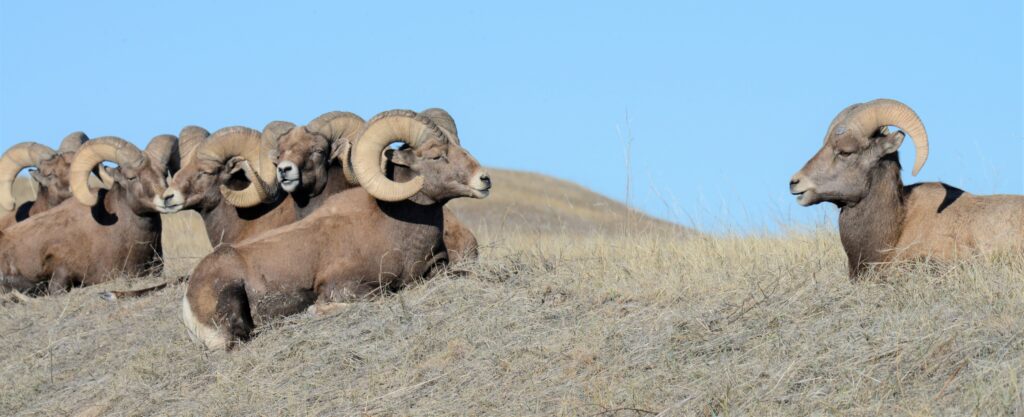
On the sixth day of creation God made walking and crawling animals to inhabit the terrestrial environments. These creatures would mostly feed off of the fruit, leaves, and roots of the land based plants.
How Big is a Kind?
The biblical text gives us some guidance for determining the size of the created kinds. At a most basic level, the scriptures tell us that there are multiple kinds of flying, walking, and swimming animals. More specifically, Genesis 1:25 indicates that there are numerous kinds of livestock, creeping things, and wild animals. Perhaps the most notable group mentioned here is livestock. The fact that livestock belong to multiple created kinds gives us an idea of the taxonomic level at which the kinds must be.
The capacity of the Ark is a limiting factor upon the number of kinds. Genesis 7:8-9 tells us that: “Pairs of clean and unclean animals, of birds and of all creatures that move along the ground, male and female, came to Noah and entered the Ark, as God had commanded Noah.” God knew the number of created kinds which He sent to Noah and had planned accordingly by instructing him to build an Ark large enough to house pairs of them. Their must have been sufficiently few kinds to fit aboard the Ark.
On the other hand, the biblical timescale places a minimal limit on the number of kinds. In the six to ten thousand year timespan since creation the kinds have diversified. When God originally created the kinds, they must have already been sufficiently different from one another to produce all the variation which we see. There has not been enough time for the kind to be a high taxonomic level (at least among vertebrates) because the amount of variation we see across a large taxonomic unit probably could not be produced in such a short time span.
Can Statistics Help us Find a Kind?
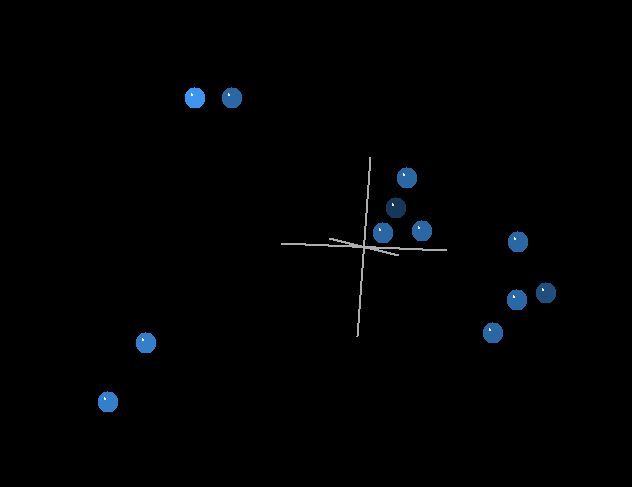
Statistical baraminology is a way in which we can visualize the similarities and differences between creatures in an attempt to recognize patterns. In order to do so, we need to describe the features of an organism in a collection of data called a character matrix. When we analyze these datasets using statistics, we can recognize groups of organisms that are similar to one another. Organisms that are very different from one another will form their own distinct groups. The “gap” between these groups is referred to as discontinuity. If the created kinds are anatomically distinct from one another, we should expect to detect separate groups of organisms. Statistical baraminology isn’t quite as simple as just finding discontinuity though.
In his book, Understanding the Pattern of Life, Dr. Todd Wood uses the example of a microscope. If you zoom out too far the contents of the slide become too small to see. If you zoom in too much the picture becomes blurred. Only when we focus at an appropriate level can we clearly see the slide. When we are looking for the boundaries of created kinds our dataset determines what we will see. If the data looks to broadly at too many taxa, we may be unable to distinguish the discontinuity between the various kinds. If we focus too closely on a small sample we might not be able to see continuity between related creatures. Scripture and hybridization data can both help us determine the appropriate level at which to observe the discontinuity between kinds.
Conclusion
As we study God’s world, the Bible illuminates the patterns of reproduction and anatomy which we see, providing us with a framework through which to understand the natural world. God created organisms according to their kinds, reproductively isolated and morphologically unique from one another.
Footnotes
Schafer, A. 2003. “The ‘Kinds’ of Genesis 1: What Is the Meaning of Min?” Journal of the Adventist Theological Society. 14/1, 86-100.
Wise, K. 1990. “Baraminology: A Young-Earth Creation Biosystematic Method.” Proceedings of the ICC, Vol 2, 345-360.
Wood, T., Murray, M. 2003. Understanding the Pattern of Life. Broadman & Holman Publishers.

